Property Geek
We provide the actual and accurate information with unbiased user driven reviews to our viewers, to help them see the best and find the best!
View posts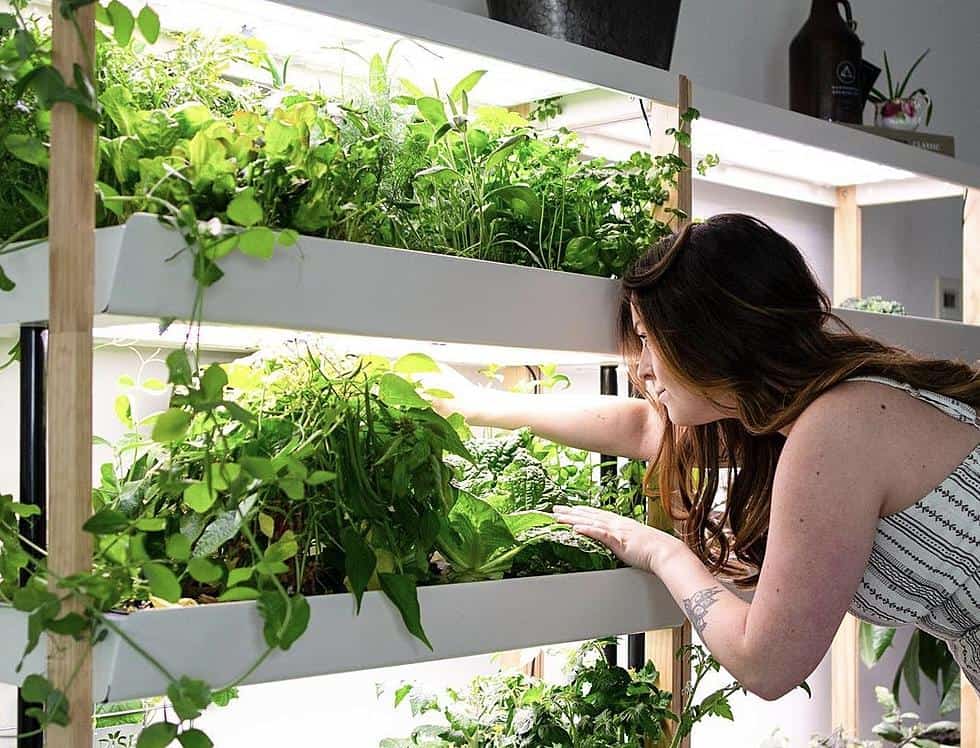
Indoor vegetable gardening can be a fantastic, low-maintenance alternative to keeping an outdoor garden. An indoor vegetable garden can be grown anywhere or if you are short of garden space you can take up indoor gardening. You can grow fruits and vegetables in your indoor garden.
It’s not necessary to only grow vegetables in your indoor garden. You can grow fruits like cherry tomatoes and peppers, expand out into other veggies such as herbs and microgreens, or light up your house with other indoor growing plants. This article gives you a complete insight into indoor vegetable gardening and which are the best indoor vegetable gardening ideas that you can incorporate into your indoor vegetable garden.
Indoor vegetable gardening allows you to interact with nature and connect with your food in different ways daily. However, there are a variety of additional ideas to produce your food and engage in indoor vegetable gardening. A few indoor vegetable gardening ideas or reasons to take up indoor gardening are as follows.
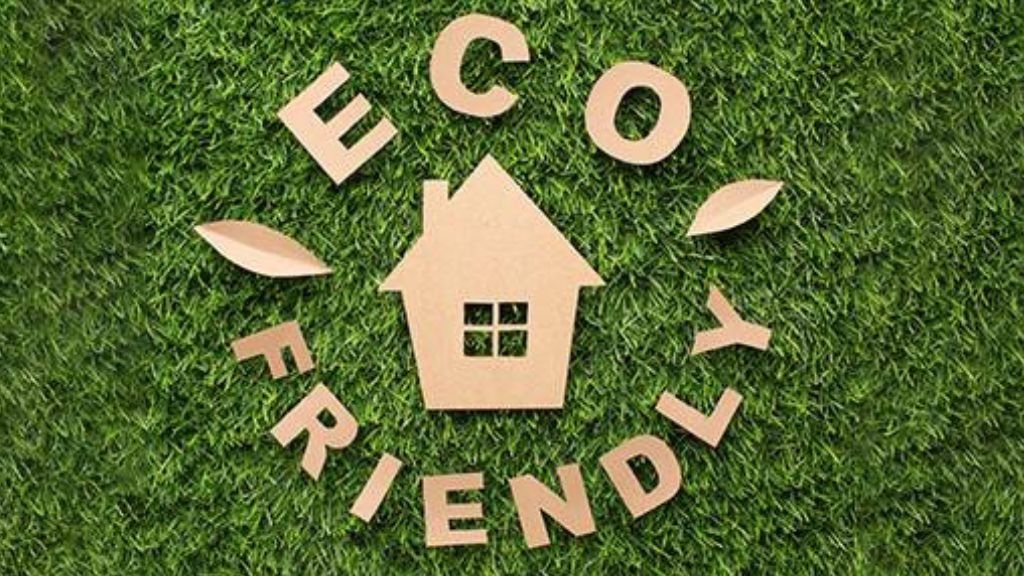
It is beneficial to the environment to have your indoor garden. Transporting fruits and vegetables to the shop is a logistical nightmare, especially when out-of-season crops are delivered halfway around the world. Because you select your veggies in your indoor vegetable garden, you know precisely how old they are and what season they grow in. Thus you are being eco-friendly by not contributing to the fuel and pollution caused when transporting fruits and vegetables.
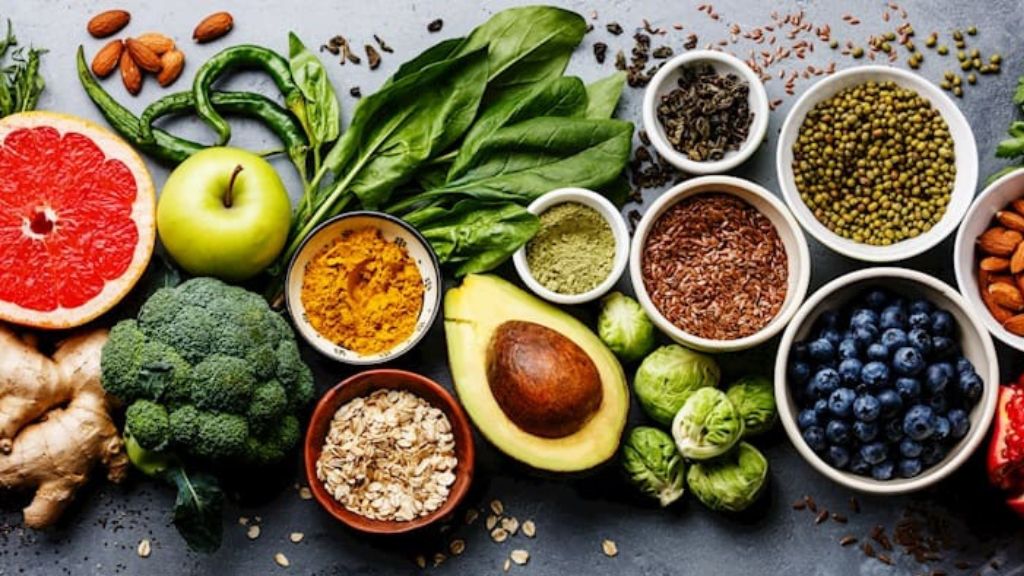
You have complete control over the soil quality when plants are fertilized, and how many pesticides are used in your indoor garden. You can guarantee that some of the fruits and vegetables you buy at the supermarket aren’t as nutrient-rich as what you’d get from your indoor garden unless the growers use crop rotation and other soil-building strategies. Growing vegetables in an indoor garden reduce pests, allowing you to reduce the use of chemical pesticides and insecticides.

You may save time and money by having an indoor vegetable garden instead of going to a store to buy greens and vegetables. If you have an indoor garden with herbs or tomatoes, you may easily add some fresh chopped herbs or tomatoes to salad greens at the last minute. Thus it helps to save money and time by not going to the stores to buy vegetables and herbs every time.
If you don’t have enough outside space to produce your garden, you can still cultivate fruits, vegetables, and herbs in your indoor vegetable garden. An indoor vegetable garden saves the vegetables from being damaged by the heat and cold winter months in outdoor spaces. It also prevents your garden from being attacked by pests outdoors.
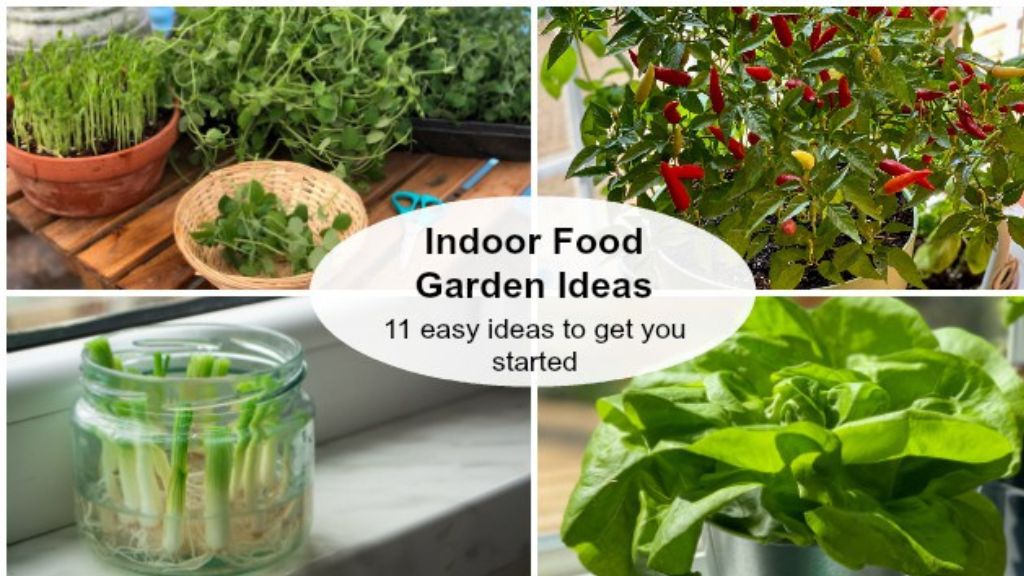
Before you can start indoor vegetable gardening, you must remember that growing vegetables indoors has its advantages from an outdoor garden and also a few drawbacks. Below are some of the best indoor vegetable gardening ideas which you need to consider before growing vegetables indoors.

The space of your indoor vegetable garden will decide what you can grow. You can grow a lot of vegetables in your indoor garden, even if you don’t have much space. Although it may take some innovation and shelving to have your indoor vegetable garden in a limited space, it is still worth trying.
An indoor garden requires direct sunlight and a lot of sunlight is required for vegetables to grow indoors. You should know that plants grow with the help of sunlight. The number of hours of sunlight your plants require will help you decide where they should be placed. An herb garden may be grown in a sunny window in your house.
You don’t have to give up your indoor garden dreams just because your home doesn’t get enough natural light. You can visit your nearest gardening shop and purchase grow lights. An LED light may make a huge difference for your plants, allowing them to grow well enough indoors as they would grow outside.
If you’re growing your indoor vegetable garden from seed, you’ll want to invest in high-quality soils to give your garden the best possible launch. Your seeds will receive all of the nutrients they require for germination, sprouting, and overall plant growth if you use good garden soil.
Purchase window boxes for herbs and appealing containers for indoor gardening which match your home design. Ensure that there are drainage holes for plants. If you want to grow plants in a pot the size of the pot you select will also restrict the growth of your plant. The plant may not reach maturity if the pot is too small.
Plants need water to grow and you need to water your plant regularly. Stick your finger into the soil to check on your plant. The plant should be damp but not soaking wet. Water your plants until the drainage holes are dripping with water.
If you don’t have any pots with drainage holes, consider placing tiny rocks in the bottom of the pot. Starting a regular watering routine might help you prevent dryness that might restrict your plant’s development. If you don’t think or feel that you’ll be able to keep up with frequent watering, a hydroponic system is ideal. This system will give the plant everything it needs to develop and grow without you having to do anything.
If you are yet to select which plants to grow in your indoor garden, it is better to start with fruiting plants, vegetables, and microgreens. Fruiting plants and vegetable plants that are grown in your indoor garden will give you the choice to decide what you want to cook.
Eg– Cherry tomatoes and peppers that are grown in your indoor garden can be used to cook salsa. Basil can be used to cook pasta.
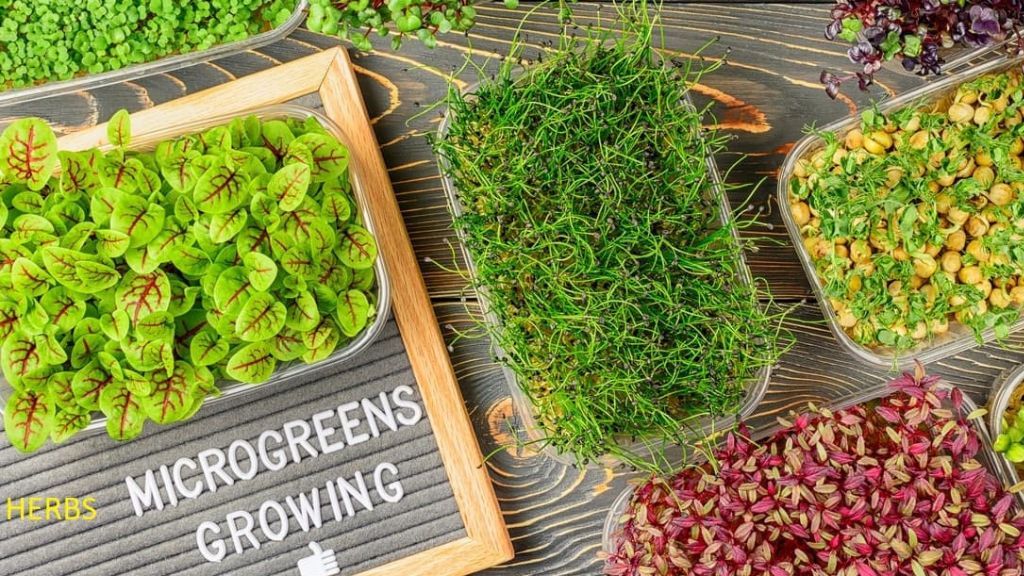
Herbs and microgreens are a great way to get your indoor vegetable garden off to a good start. They’re simple to cultivate and take up very little room. You may expect to harvest your first greens from microgreens within weeks after planting them. Some herbs grow best in dry soil, while other herbs require more frequent irrigation. Chives, Cilantro, Scallions, Rosemary, Sage, and Basil are some of the best green herbs that you can plant in your indoor vegetable garden.
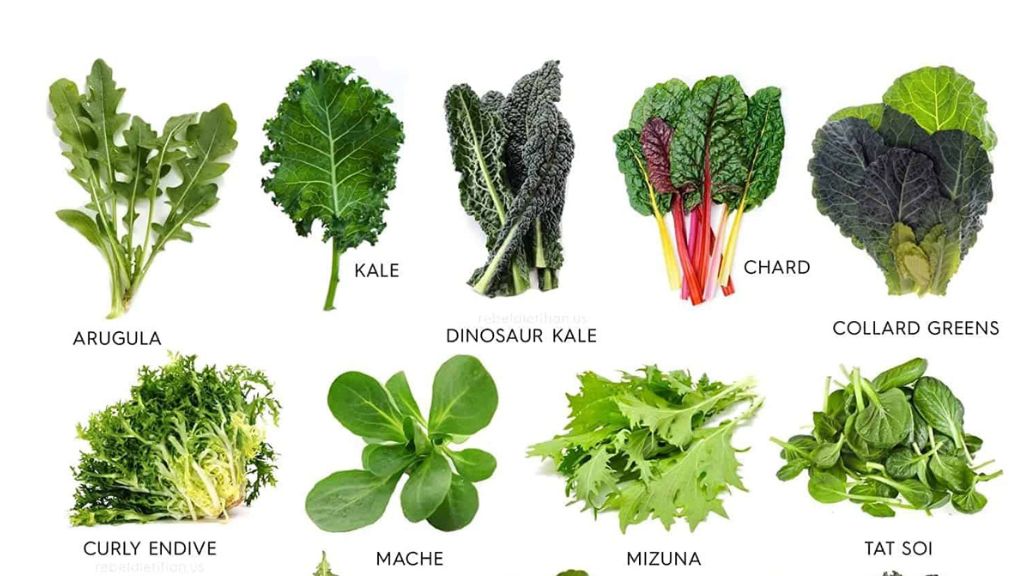
Just like some herbs and microgreens, there are a few veggies that are perfect for your indoor garden. Leafy greens are best for indoor gardening because they are less likely to be attacked by pests. Spinach and lettuce are some of the best leafy greens that can be grown in your indoor vegetable garden.
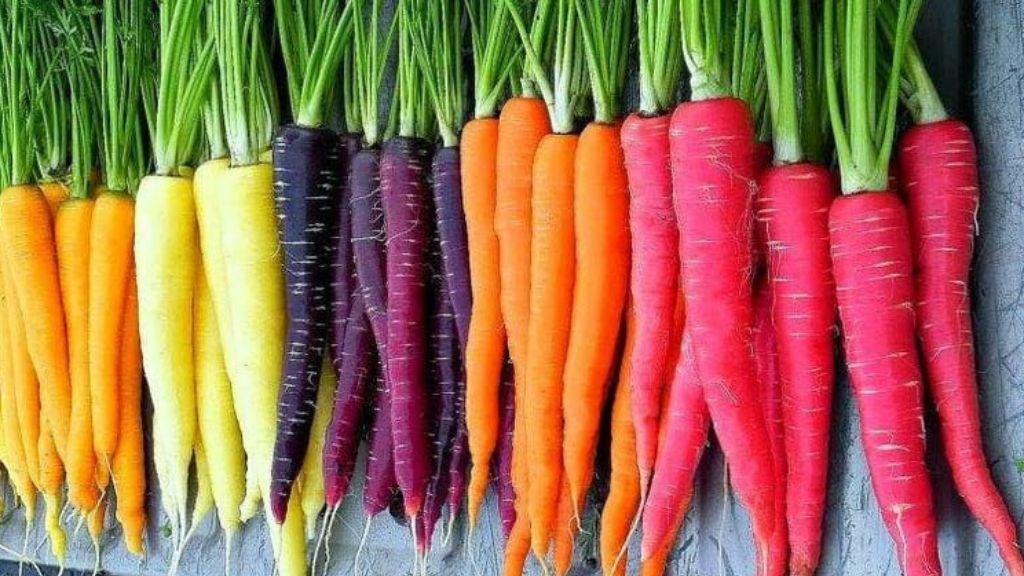
Carrots are a vegetable that may be adapted to a variety of situations. Growing them in pots is not only a terrific way to grow them indoors, but it also eliminates the issue of attempting to grow them in heavy, rocky soil if the weather isn’t cooperating.
Smaller carrot varieties are easier to cultivate indoors since they take up less room and mature faster. It’s best to use a lengthy container, such as a window box to grow them indoors. The seedlings will germinate if the soil is kept moist.
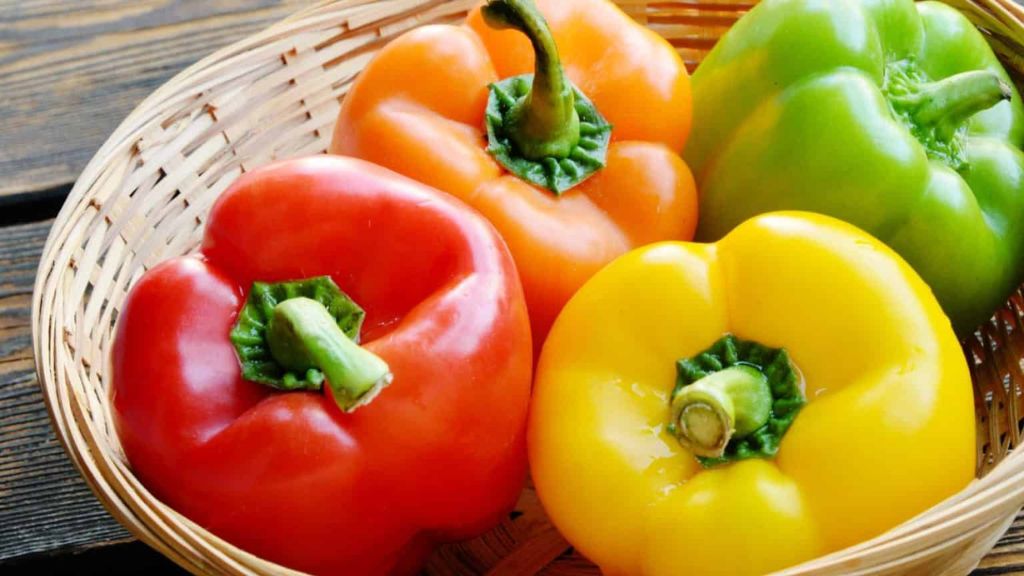
Peppers are vegetables that grow in tropical regions. They perish at the first sign of cold but can thrive indoors. Use a container that is at least 8 inches tall and provide at least 10 hours of light every day for your peppers to grow.
To avoid drowning the plant, let the container dry out between waterings. Peppers are self-pollinating, but the cultivators may need to aid them by shaking the plants to shake the pollen from one flower to the next or dusting each flower using a cotton swab.
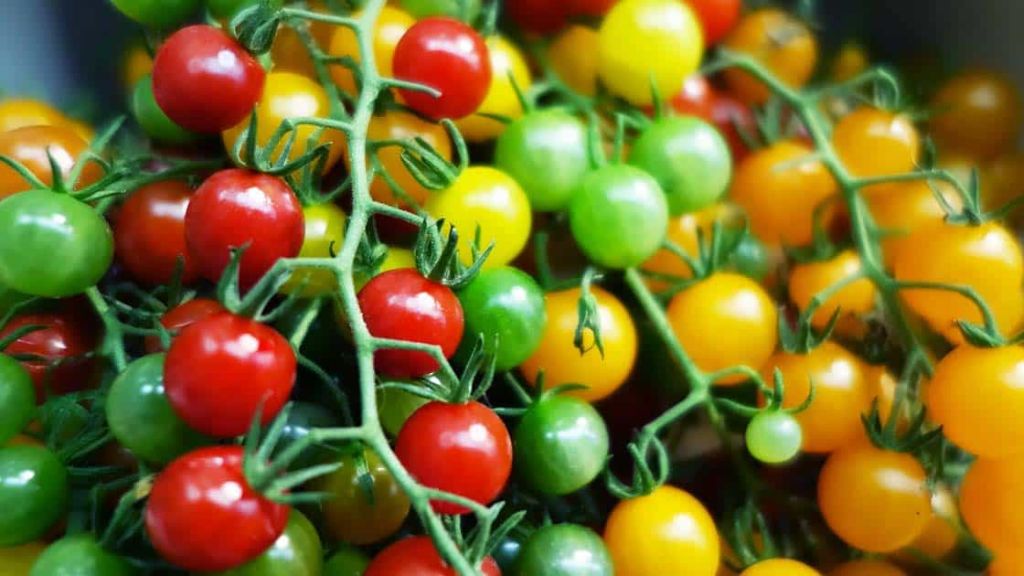
Tomatoes are tropical plants that die at the end of the season and come back the next year. You can start to grow a fresh plant from seed at the end of the summer to produce tomatoes year-round indoors. Move the seedlings to a permanent container once they are 4 inches tall, and make sure they get at least 10 hours of sunlight every day.
When the plants begin to bloom, shake them now and then to allow pollen to fall from blossom to blossom. This hand pollination is required; else, no fruits would develop. Expect the plants to grow top-heavy, which requires supporting or the use of a tomato cage.
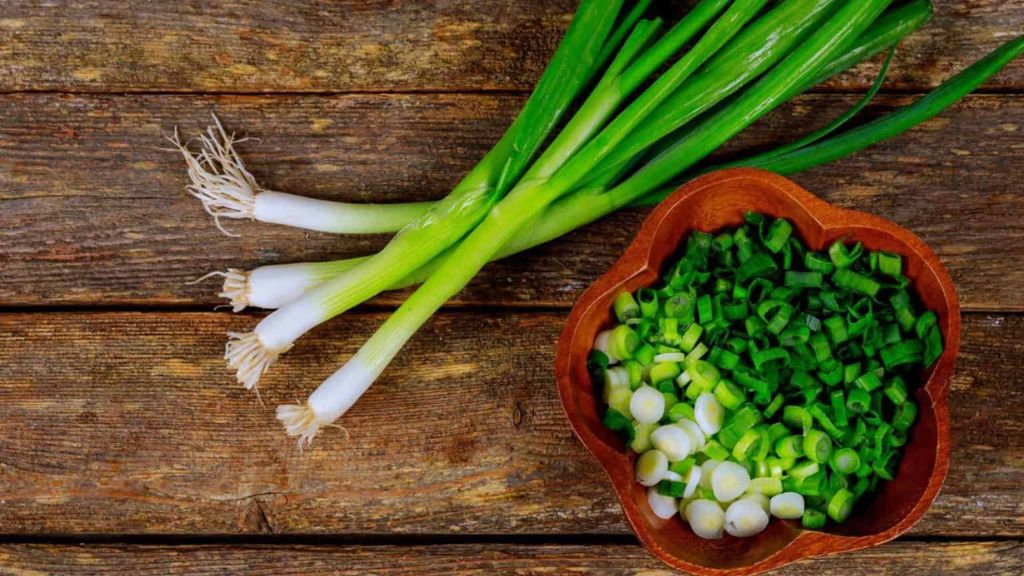
Scallions do not require seeds to grow. To start growing scallions, insert the whole of the scallion in a glass of water and squeeze the bunch in one glass with approximately only one inch of water in the base.
When they reach a couple of inches in length, move the roots to a shallow container of potting mix and allow them to grow. Harvest the green tops and leave about one inch of stem for the scallions to regrow.
To grow an indoor vegetable garden for you and your family, you don’t need that much effort. Maintaining an indoor vegetable garden can help you in selecting vegetables that will be used for your daily cooking and also gardening is a very nice hobby. To grow vegetables in your indoor vegetable garden, all it requires is a little thought and careful planning. Indoor vegetable gardening is peaceful, environmentally friendly, and does not require much space.